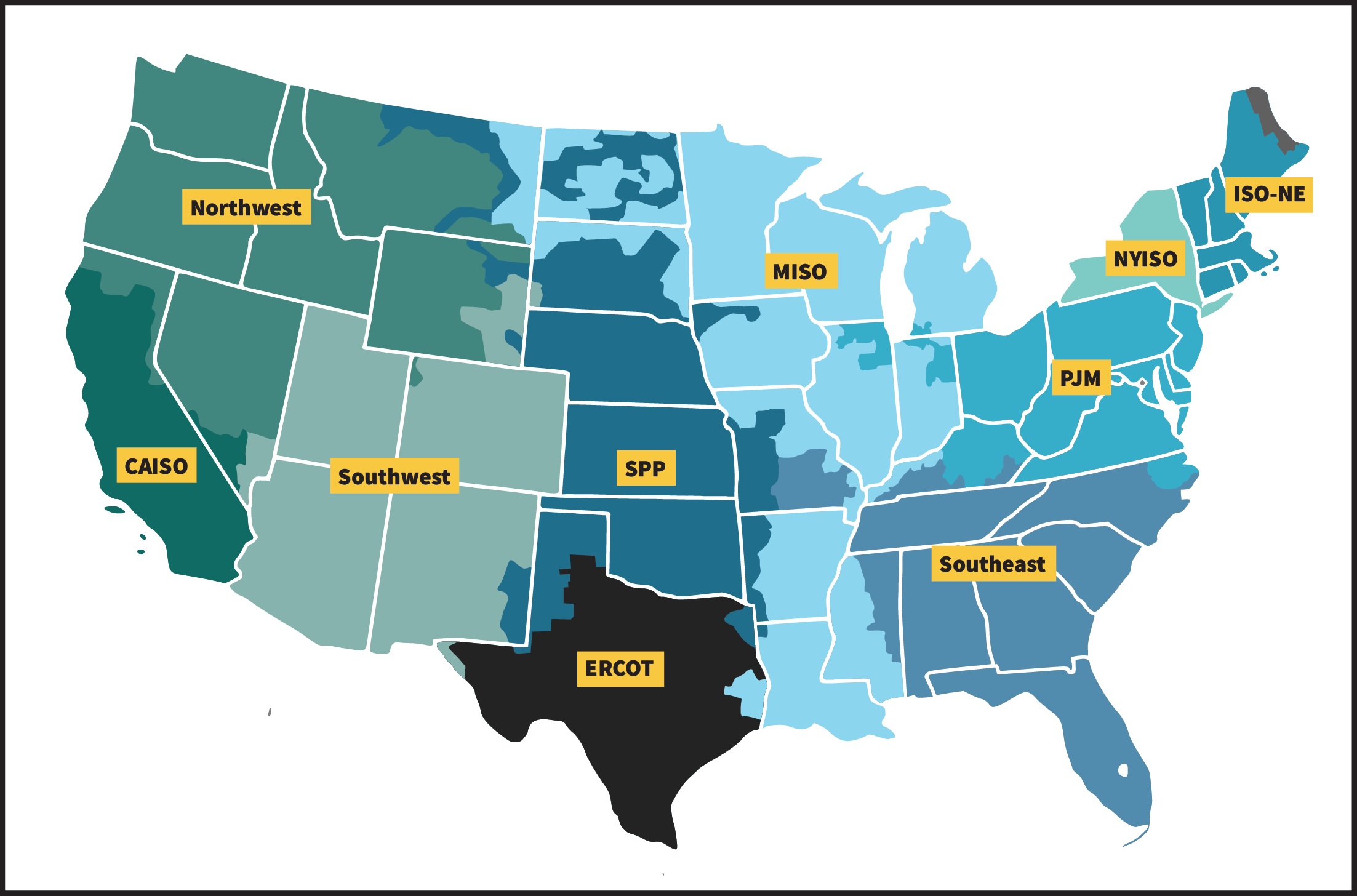Texas’ Proposition 7 was approved by voters in November, setting aside state money for low-interest loans to build dispatchable power generation—the kind that works without sun or wind.
Texas is a competitive power market, so why the welfare? The capitalist’s first instinct is “Uh, that’s a hard ‘no.’”
The Houston Chronicle thought the same, but diving deeper into market mechanics concluded, “Hold your nose and vote ‘For.’”

A one-hour tutorial on the Texas electricity market at the University of Texas in Austin in September brought forward the math that didn’t get much of a microphone in Congress’ pre-vote conversations on the Inflation Reduction Act.
Included in the IRA is a subsidy to remove CO2 as part of gas-fired and coal-fired powergen.
“This is an important point that I think doesn’t get discussed enough,” said Stacey Dore, chief strategy and sustainability officer for Vistra Corp., the largest power generator in Texas.
Carbon capture as part of powergen is very expensive “because of the density of the carbon coming out of the power plant,” she said at a Kay Bailey Hutchison Energy Center-hosted forum.
In developing a new plant application for federal funding, Vistra found the cost of the adjacent carbon-capture operation came out to $130 a ton. “The maximum [federal] 45Q credit under the IRA is only $85.
“So it’s not economic to begin with for a company like ours, which is a competitive power company,” she said.
“But what doesn’t get discussed a lot is that it takes about 30% of the gas plant’s output just to run the process of carbon capture.” The proposed 1,280-megawatt (MW) plant would only put 896 MW onto the grid.
Using hydrogen is worse. EPA rules will require hydrogen co-firing by the early 2030s. “You’re taking megawatts off the grid to make that [hydrogen] power cleaner,” Dore said.
If creating green or pink hydrogen—using renewables or nuclear—250 megawatts are consumed in making the feedstock for a 1,000-MW power plant. “So it’s a 75% efficiency rate,” Dore said.
“Then you’re going to take that hydrogen and put it into a gas turbine to make more energy.” Net, a 1,000-MW plant’s contribution to the grid becomes 300 MW of carbon-free power.
“That doesn’t make sense,” she said. “It doesn’t make economic sense. It doesn’t make physics sense.”
New EPA rules are causing uncertainty in investing in new non-renewable powergen, said Bill Flores, a former Gulf of Mexico wildcatter and U.S. congressman who is currently vice chairman of the Electric Reliability Council of Texas (ERCOT), manager of Texas’ power grid.
“Four [of the new rules] would reduce the amount of thermal dispatchable generation,” he said. “One would increase the demand side.
“So you have a lot of [federal] government policy that is causing people to scratch their heads. And that uncertainty causes capital not to be deployed when you need capital.”
The Texas grid was approaching the red zone several times again this past summer during record heat, while Texas’ population and industries have outgrown the system. ERCOT’s requests for voluntary consumption curtailment—both residential and commercial—spared blackouts.
If not, “we would have had a lot different outcome,” Flores said.
And it’s not just a Texas problem: “Climate change is affecting all the grids around the world,” he added.
Vistra operates 37,000 gigawatts (GW) of powergen in 20 states in every ISO (independent system operator) except SPP, which is north of Texas. Other states and ISOs had called Texas’ February 2021 blackout a Texas thing and “that’s not going to happen here,” Dore said.
The message is changing, though. This past summer, the PJM ISO announced it will be power-short within the next five to seven years on its current course, Dore said. PJM’s system includes Washington, D.C., as well as some or all of 13 neighboring states.
Meanwhile, the 14-state Midcontinent ISO (MISO) that includes Louisiana expects a 2-GW shortage in the coming year, based on forecasted demand. “And that will grow to 9.5 gigawatts of shortage by the 2027-2028 planning year,” Dore said.
“So again, this is not just an ERCOT issue.”
Pete Labbat, managing partner of investor Energy Capital Partners, said, “You would think it is a fantastic time to be an owner of gas-fired power plants, right?”
Instead, the IRA incents more intermittent power—renewables—by making those the best returns. “It’s very lucrative … when the government’s handing out free money,” Labbat said.
“ … It is a very challenging time … to risk the capital in what is needed most, which is reliable power based on thermal.”
Recommended Reading
Oil Dives More Than 6%, Steepest Fall in 3 Years on Tariffs, OPEC+ Supply Boost
2025-04-03 - Oil prices swooned on April 3 to settle with their steepest percentage loss since 2022, after OPEC+ agreed to a surprise increase in output the day after U.S. President Donald Trump announced sweeping new import tariffs.
Stocks Slump, Dollar Soars as Trump Tariffs Trigger Trade War
2025-02-03 - Oil prices rose, with WTI up 2.4% at $74.27 a barrel and Brent crude futures adding 1% to $76.40 a barrel.
Oil Prices Ease as US Tariffs On Mexico Paused for a Month
2025-02-03 - WTI crude futures were down $0.04, or 0.01%, at $72.49 after climbing as much as 3.7% earlier in the session to reach their highest since Jan. 24 at $75.18.
Analysts: How Trump's Tariffs Might Affect Commodity, Energy Sectors
2025-02-03 - Trump's move has sparked volatility in the commodities market. Oil prices rose, with WTI up 2.4% at $74.27 a barrel and Brent crude futures adding 1% to $76.40 a barrel.
What's Affecting Oil Prices This Week? (Feb. 10, 2025)
2025-02-10 - President Trump calls for members of OPEC+ and U.S. shale producers to supply more oil to push down oil prices to the neighborhood of $45/bbl.
Comments
Add new comment
This conversation is moderated according to Hart Energy community rules. Please read the rules before joining the discussion. If you’re experiencing any technical problems, please contact our customer care team.


